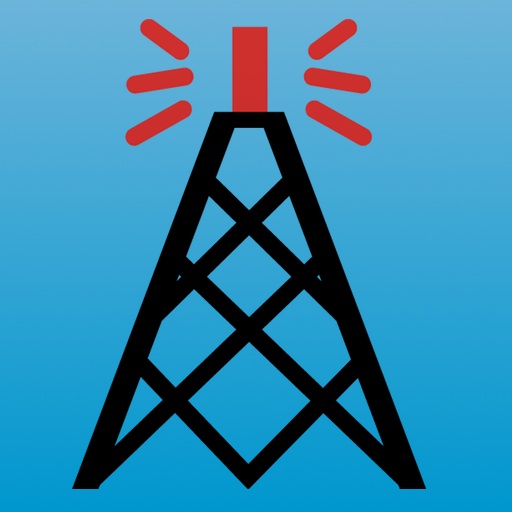Many ham radio enthusiasts have dedicated themselves to keeping the hobby relevant to younger generations as technology has evolved.
This has long been a part of amateur radio.
While I’d much rather be on the air than on my phone, this sentiment is coming from a young person who is deeply involved with and loves amateur radio—not one who hasn’t yet found how interesting the hobby can be and how unique its methods of communication are.
For many teens today, the capabilities of a phone or laptop are enough to fulfill their desire for connection, communication, and, perhaps most prominently, their desire to fit into a community. Amateur radio can provide all those things, and in some cases, a stronger and more diverse opportunity than the technology that young people have grown up with and use today.
The best way for amateur radio to evolve with current technology is to be a place where opportunities for connection, communication, and being part of a community are possible and common. Even if the hobby isn’t necessarily evolving much technically, as long as the hobby still provides these opportunities, it will be evolving enough to maintain relevance with younger generations.
Part of why amateur radio seems outdated and uninteresting to some young people is their lack of exposure to it. Many of them have only seen it in the context of “some pile of radios in their grandparents’ basement” or in the media they consume, from social media to TV shows like “Stranger Things.” While exposure like this lets young people know the hobby exists, it doesn’t do much in the way of depicting what amateur radio can do, past the stereotypical “communicate over long distances,” which usually isn’t enough to convince young people to get their license.
What this exposure on TV and other media doesn’t show are the numerous capabilities that amateur radio has that current technology doesn’t, including opportunities to meet a wide variety of people from all over the world, wireless communication, and the ability to provide vital communication in times of emergency.
As I’ve mentioned in previous articles, I’ve met many of my closest friends through amateur radio. The hobby has given me a number of opportunities for travel that never would have been possible without it. It has also given me the chance to volunteer in capacities in which I know I’ll have a positive impact on the community—impacts that I’ll get to see firsthand.
Looking at the more technical side of the hobby (also inadequately and inaccurately depicted in the media), ham radio has already evolved quite a bit from where it began in the early twentieth century—although many young people today would look at most of the equipment being used and decide that it’s outdated. The most obvious way to get past these assumptions is to expose young people to things like digital modes, satellites, and EchoLink, all of which have a (slightly) more modern feel to them.

It’s quite easy to switch out what you show young people who may be interested in the hobby. For example, introducing an EchoLink net rather than showing a boat anchor can make a world of difference in a young person’s perception of the hobby. With these newer ways of operating in mind, amateur radio can look a lot different from what it used to be.

If we continue to enjoy the hobby as we have for the past century, the communities within amateur radio will remain places where young people are welcomed and encouraged, and the technology of amateur radio will evolve with the current technology by nature, simply because its enthusiasts are nearly all people who love experimenting and learning.
Editor’s Note: The operators at DX Engineering also point out that youth involvement in amateur radio has helped countless hams find successful careers in related fields such as electrical engineering, mechanical engineering, scientific research, teaching, and many other examples.

